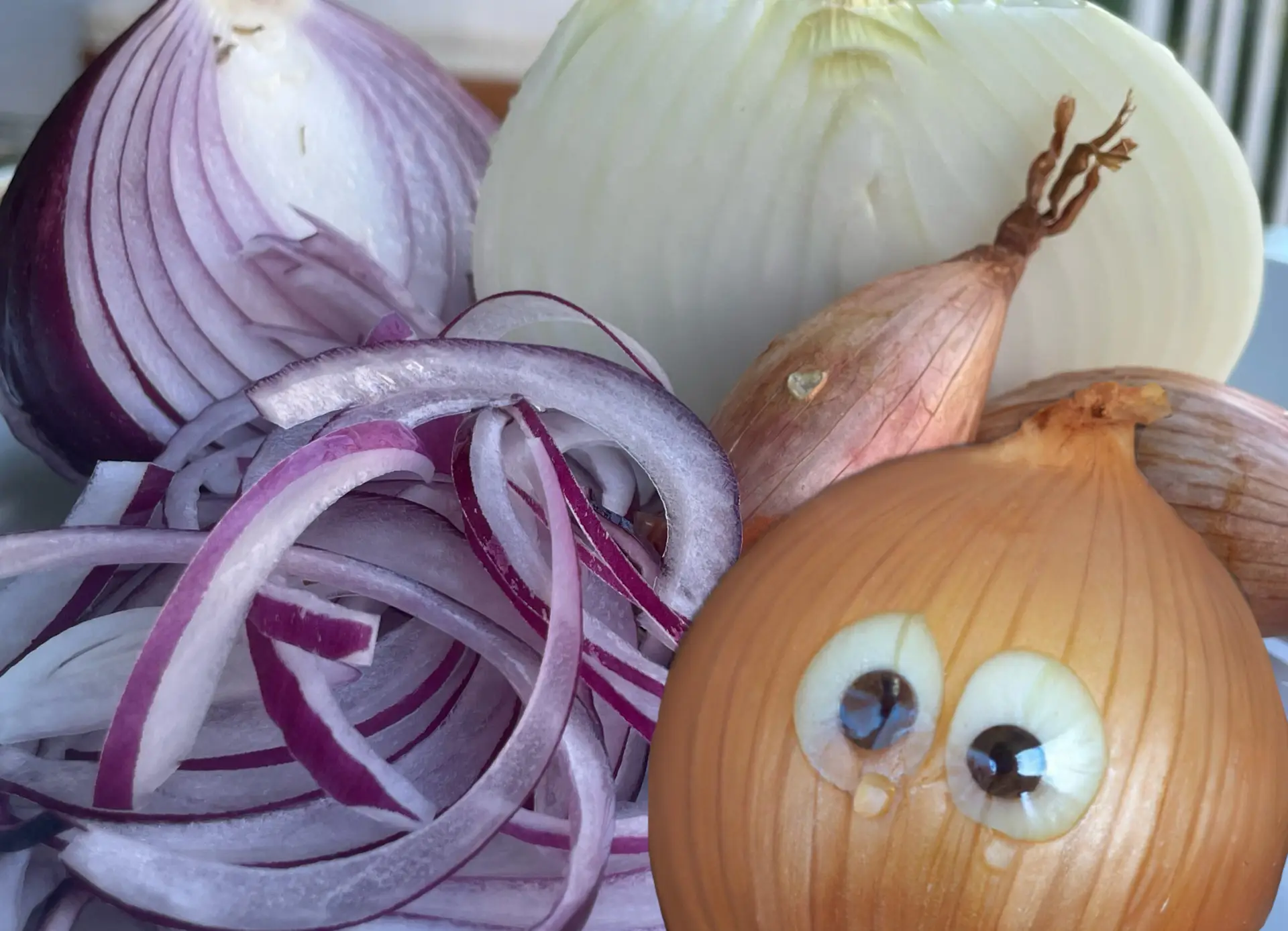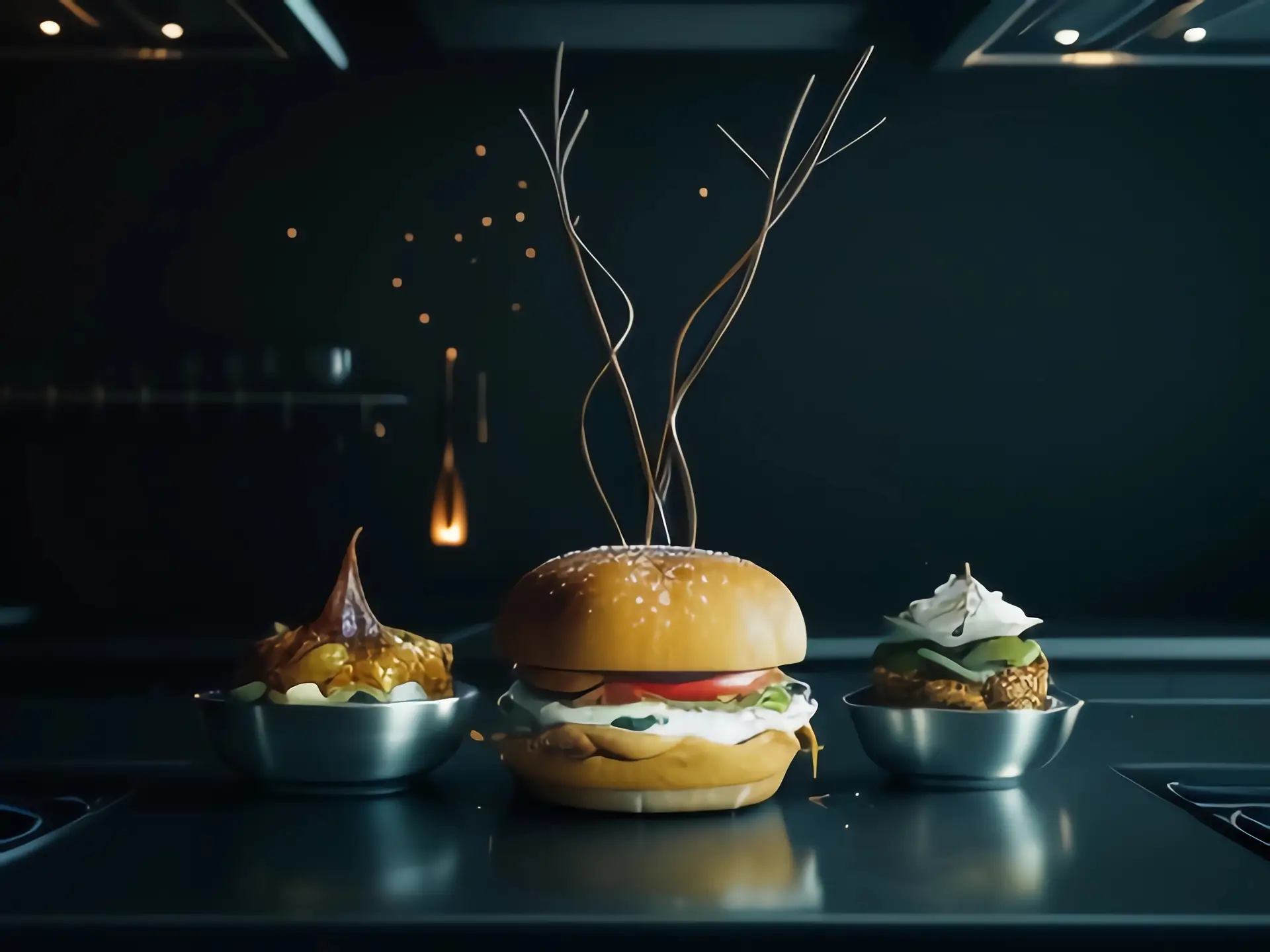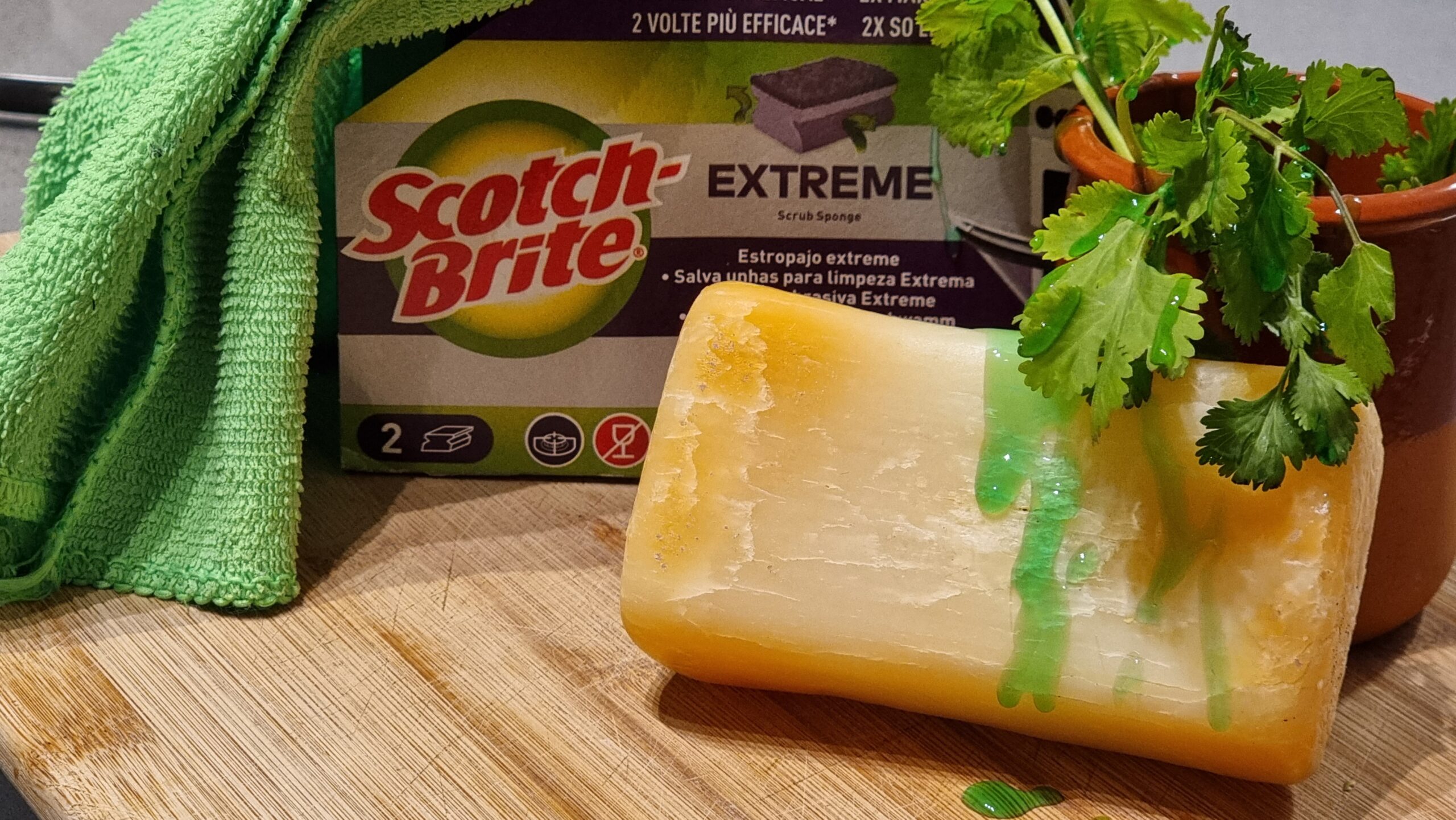What is a microwave oven? How does it work?
As far back as you can think we’ve always associated cooking with heat (History buddy! Don’t go wandering). And for millions of years, mankind has been cooking food with fire, our primary source of heat. Undoubtedly, fire is indispensable. We use it to boil water, light and warm our surroundings and obviously cook, but it’s not the end of our energy-to-cooking story. It was the end until some 70 years ago when a completely new way of heating food was invented, one of the most prominent inventions in the world of cooking in centuries. It was fireless and operated on electricity. The Microwave oven. We owe its existence to Percy Spencer.
What is a microwave oven?
Firstly, let’s understand what microwaves are, they are electromagnetic radiation that has a short wavelength and high energy (Techspeak: its wavelength is in the range of 0.001 to 0.003 m). Light in fact consists of electromagnetic radiations which have a comparatively shorter wavelength and higher energy than microwaves. It’s the specific measurements of these two that are responsible for different behaviors of different electromagnetic waves.

Wavelength is the distance between identical points (adjacent crests) in the adjacent cycles of a waveform signal propagated in space.
Relation between Wavelength and Energy: E = HC/λ
Where H is the Plank’s constant, C is the speed of light and λ is the wavelength of the wave.
This gives us E ∝ 1/λ, which means the lower the wavelength of radiation higher will be its energy.
Now that we know what microwaves are, let’s jump to the oven. It’s a metallic box in which microwaves bounce around till its CREATOR generates them. The creator is equipment called the Magnetron (NOT Megatron, we’re not in the movie).
How do microwaves heat food?
Don’t try to find the answer in cooking books, there is no rubbing and friction of water molecules included in this phenomenon. We must keep in mind that only polar molecules (molecules that have differential changes among their atoms) are heated by microwaves and to some extent fats and sugar, but they are under debate. What happens is that the polar molecules act as tiny magnets and these magnets line up in the direction of the microwaves. Now, water is virtually a part of all foods, and it also is polar, so when the magnetron generates a wave with a frequency of 2.45 gigaHertz or 2.45 billion cycles per second, it produces an electric field that reverses its direction almost 4.9 billion times in a second. The water molecules go absolutely nuts trying to keep up with the orientation of the wave by flipping back and forth about 4.9 billion times in a second. Now, these agitated molecules bang-up with the adjacent molecules which were stationary before, now the stationary molecules when hit become a fast-moving molecules, by definition a fast-moving molecule is a hot molecule. Also unlike its relative, the X-Ray, microwaves are only able to penetrate an inch or so of the food dimension, so to get uniform hotness in food try dispersing it over a surface or mixing it now and then, otherwise, you’ll have cold and hot spots.
The intensity of the oven.
There is no such thing as Max Medium or Low power in a microwave oven. The waves generated will always be of the same range of frequency. What the oven actually does is that it turns the magnetron on and off in order to control the heat generated by the waves in the food article which we want to be hot, that is the reason why you hear that buzz going wild (on and off) when you turn the oven on. Also, these cycles are necessary because it gives the heat generated some time to disperse throughout the food.
Why does it work so fast?
Duh! Because they’re efficient. In our “Old” methods of gas cooking and electric ovens, they have to heat up some two to four cubic feet of air, like “Preheating the Oven”, before they can transfer heat to the food. But in the case of microwaves, it only heats the food – and food only – by depositing its energy into it, and not the intermediate air.
Why we must never put metal in it?
Like a mirror reflects light waves, in a way metal reflects microwaves (Charles McGill, you must watch Better Call Saul). If you put something in the oven that reflects too many microwaves the magnetron tube can be damaged. That’s also the reason why a microwave must never be operated empty, there must always be something there to absorb those radiations. Metals can behave unpredictably in microwave ovens unless you have a degree in Electrical Engineering. A simple thumb rule is to put only those stuff in the oven that doesn’t stick to magnets.
Are microwaves better than the other ways of cooking?
Yes and no. There are factors that are on the negative side of the scale for the microwave oven. For example, You can’t sear meats and saute vegetables in a microwave oven. Why? Because generally those high temperatures required are not reached inside a microwave. On the other hand, you can literally melt some metals in it. So it all depends on what we are supposed to do with it. If you want to boil water, a microwave is a better choice than a stove. If you want to stir fry or even deep fry stuff, you know the answer.







